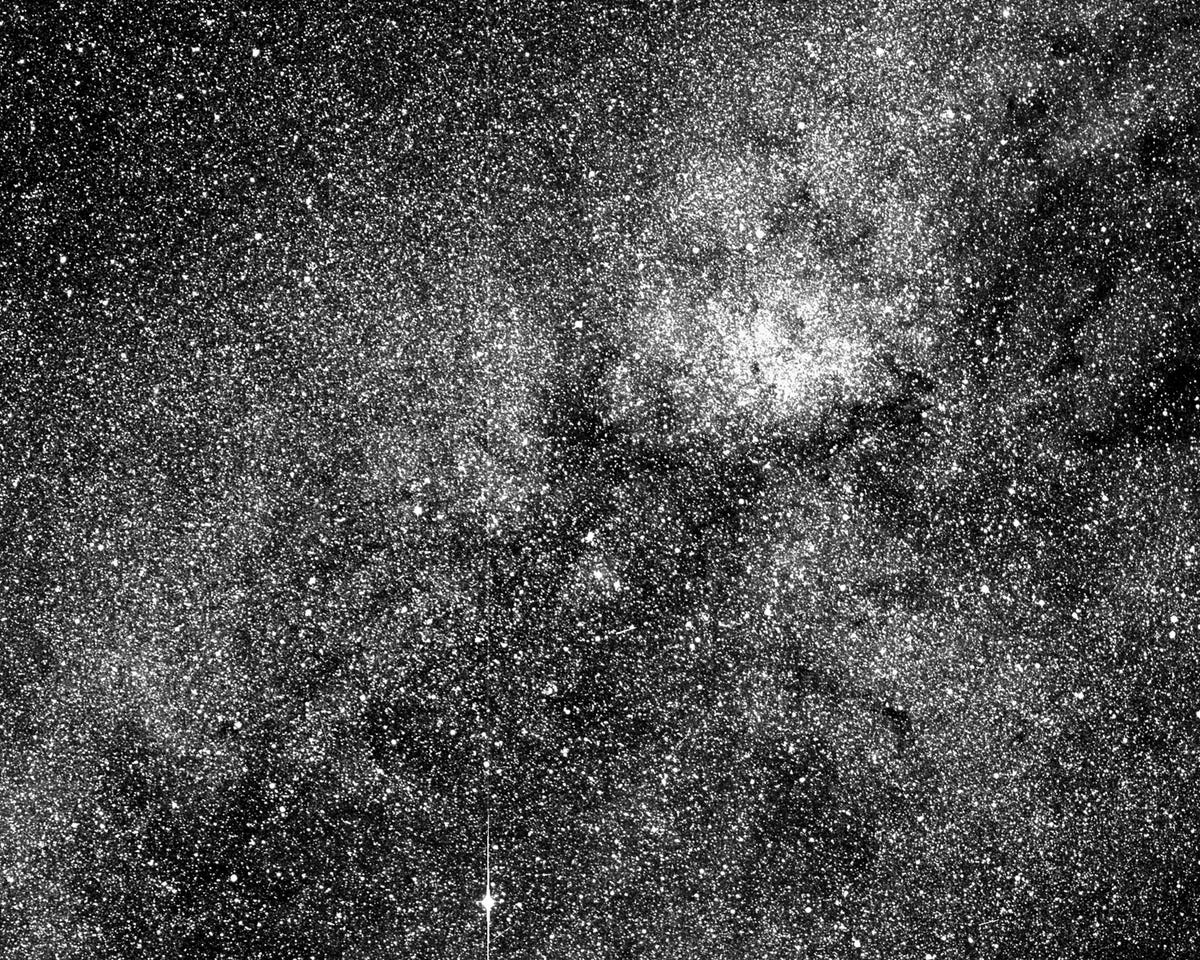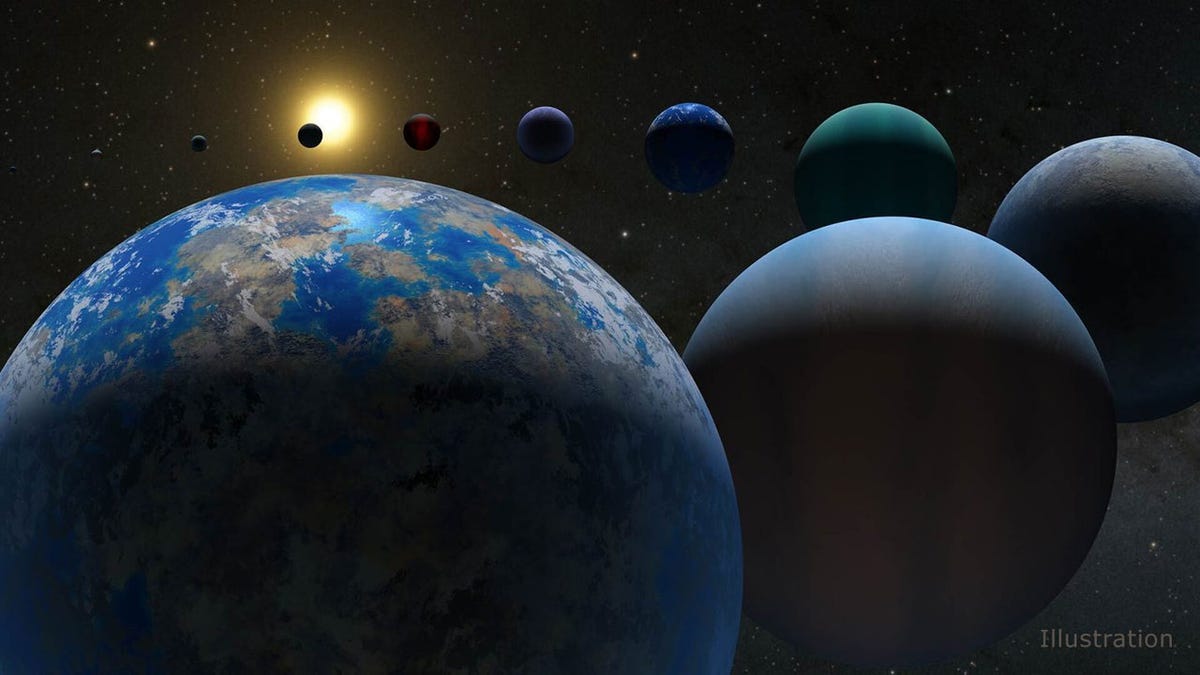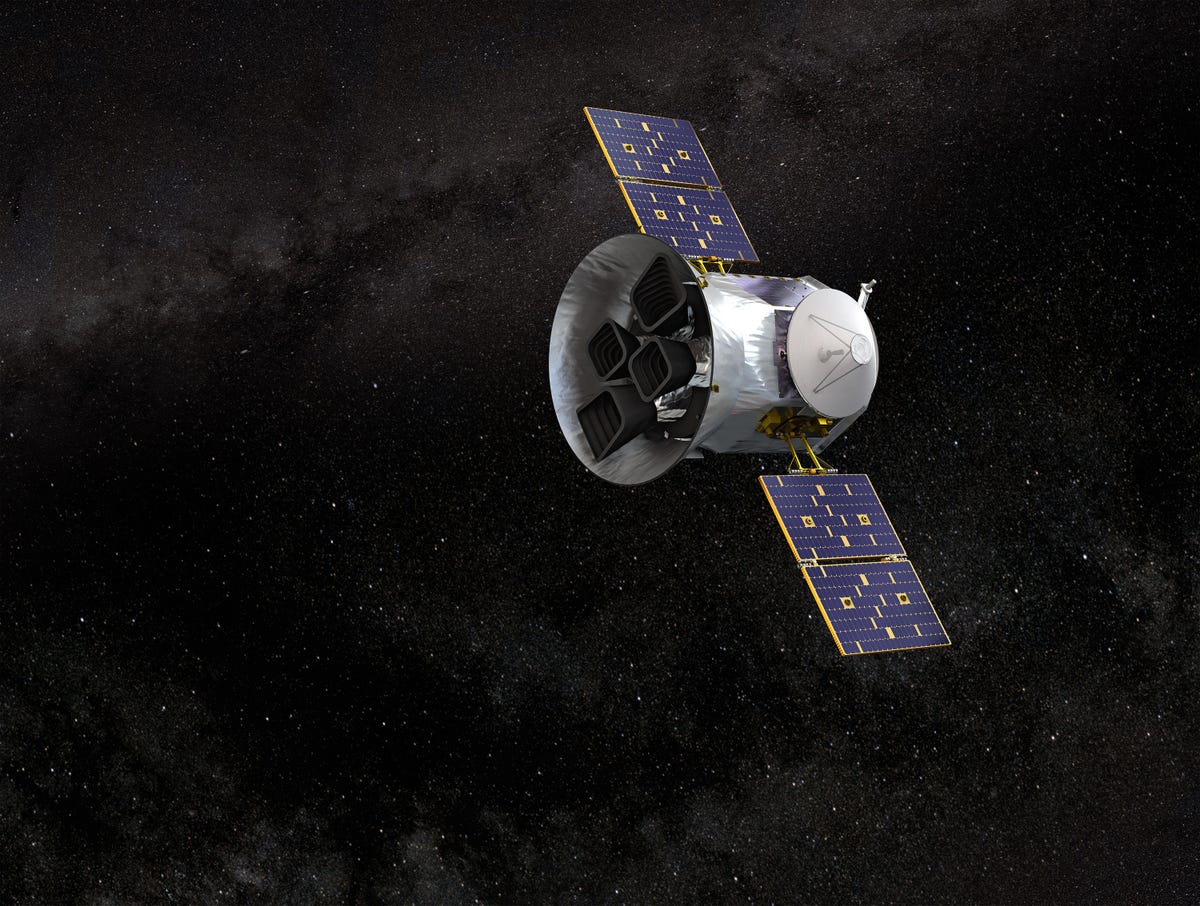NASA’s TESS Finds Buzzing Cosmic Neighborhood With Two Super-Earths
Here’s your welcoming reminder that our solar procedure is but a molecule of water in the universe’s ocean.
NASA’s Transiting Exoplanet Satellite Survey, improved regarded as TESS, has noticed a buzzing galactic neighborhood only 33 light-years away from our earth. It has a central star, a couple of planets circling that star, and according to the scientists powering this alternate truth discovery, there are at minimum two terrestrial, Earth-size worlds in the pack.
If you could travel at a tenth the velocity of gentle, it would choose you a little something like 330 decades to get to this solar method-like area in the galaxy. Of course, although, that just isn’t attainable, for various motives.
But by making use of particular Earth-borne gear like telescopes and place-borne spectrometers — it’s possible even the James Webb Place Telescope as soon as it is booted up and on the net — we can paint a pretty clear picture of what this neighborhood appears like.
With that in head, the researchers are presenting comprehensive aspects about this multiplanet system on Wednesday at the conference of the American Astronomical Society in Pasadena, California, so the astronomy entire world can shortlist these new exoplanets for critical exoplanet scientific tests.
And they have already furnished a sneak peek into their results, in a push release from the Massachusetts Institute of Technological innovation.
What we know so significantly is that the system’s host star is dubbed High definition 260655 and is comparatively little, interesting and categorized as an M-dwarf. M-dwarves are drastically considerably less large than our solar, a G-variety principal sequence star, nevertheless are 10 times as a lot of throughout the universe.

This test graphic from a single of the 4 cameras aboard the Transiting Exoplanet Study Satellite (TESS) captures a swath of the southern sky alongside the aircraft of our galaxy.
NASA/MIT/TESS
The internal planet orbits its star every 2.8 Earth times and is about 1.2 times the size of Earth and two times as massive. The other international entire world orbits just about every 5.7 Earth times and is 1.5 instances the measurement of Earth and 3 times as significant. They’re equally regarded as “rocky.”
Say hi to your following-doorway exoplanet neighbors
“The two planets in this program are each and every regarded among the very best targets for atmospheric review simply because of the brightness of their star,” Michelle Kunimoto of MIT’s Kavli Institute for Astrophysics and Place Investigate and just one of the discovery’s guide experts, claimed in a statement.
That contains scientific studies that purpose to response queries like, “Is there a unstable-rich environment around these planets? And are there symptoms of h2o or carbon-based species?” Kunimoto stated — in other text, a protective layer like the Earth’s ozone layer, and residing beings like … humans. “These planets are amazing exam beds for individuals explorations.”
Okay, but ahead of you get too psyched, the group emphasised that the freshly unveiled rocky worlds of curiosity almost certainly usually are not habitable — they tread genuinely (genuinely) shut to their host star, so they are very likely too hot to host h2o. The inner planet, per the examine, roasts at an estimated 818 levels Fahrenheit, and the other runs a balmy temperature of 548 degrees Fahrenheit.

This illustration demonstrates what some exoplanets may possibly appear like — not necessarily the two talked about in this new research.
NASA/JPL-Caltech
“We think about that range outdoors the habitable zone,” Kunimoto explained.
However, these worlds could prove invaluable for the general quest to obtain habitable exoplanets. In limited, they could tell how researchers carry out long run studies that may arrive across planets which are in a habitable zone.
How to uncover an exoplanet
NASA’s TESS has been steadily discovering exoplanets throughout the universe due to the fact its launch in 2018, getting by now mentioned an unbelievable selection of these types of extraterrestrial worlds.
It in essence is effective by detecting periodic dips in the luminescence of stars all around the universe, mainly because these types of variants in mild could sign that a planet is passing in entrance of these stars. Envision hunting at a lamp, then viewing a man or woman wander by the lamp to block your look at. If you have been truly significantly away from the lamp, you may not be equipped to convey to who particularly blocked your look at, but you could possibly deduce that another person did, simply because the light-weight definitely fell for a next.
It’s variety of like that.

An illustration of TESS.
NASA
So, in Oct 2021, Kunimoto discovered a person of these dips although checking the satellite’s incoming details. They ended up coming from the star, Hd 260655. Following plenty of other tests, a person of which is a perfectly-recognized gravitational wobble examination that appears to be at whether or not the light-weight dips are accompanied by a form of gravitational pull on the star alone, the researchers concluded that, indeed, there are two planets orbiting the star at hand.
“We knew we had one thing extremely remarkable,” MIT’s Avi Shporer, a member of the discovery workforce, claimed in a assertion.
“But there could possibly be more planets in the method,” Shporer included. “There are several multiplanet techniques internet hosting 5 or 6 planets, particularly all around modest stars like this a single. Ideally we will come across much more.” And if the crew does come across a lot more, “possibly one particular could possibly be in the habitable zone.
“Which is optimistic wondering.”








